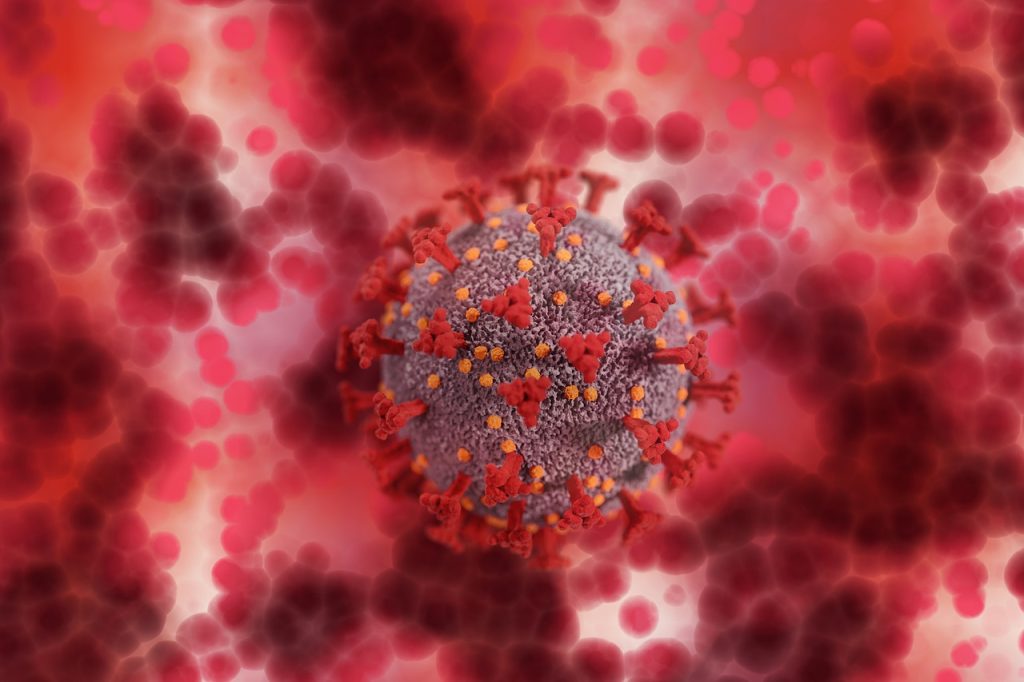New Radiation Shielding is a Weight off Cath Lab Shoulders

Testing has shown that a new radiation shielding system offered equivalent radiation protection to the standard lead gowns worn in the catheterisation lab. By using such independent, adjustable shields instead of wearing shielding, the occupational shoulder and back strain inherent to wearing those heavy gowns can be eliminated.
The Rampart shielding system consists of an adjustable stand made of lead equivalent acrylic shielding – was found to block 96% to 98% of radiation scattered to the operator’s head, torso, and waist during an average week of cardiac angiography, according to medical radiation specialist Glenn Ison.
This was equivalent or better than shielding provided by lead gowns and a ceiling-mounted lead shield, Ison said in a presentation at the EuroPCR meeting.
“We found it’s like walking on the moon, doing cases without a lead gown. It’s quite strange,” he remarked.
The researchers had operators wear radiation monitors to measure operator scatter dose to the head, torso, and waist (both under and over their lead gowns) with and without the Rampart.
Dr Ison also pointed out that head and face protection in particular was substantially better with the Rampart shield (radiation exposure -96% vs -70% with standard practice).
Indeed, the shielding of the cumbersome lead gowns — which can weigh up to 13.6kg — only extends to major areas of the torso and waist. Adding on protective glasses and shin guards further adds to this weight.
Ison cited a survey showing that half of interventional cardiologists reported neck or back pain during their careers.
“The ability to maintain protection from scatter radiation whilst lowering or even removing the weight of current lead gowns is a game changer for operators with current back or neck troubles and a way to prevent such problems in the future,” he said. “The longer you’ve been in the game, the more this appeals.”
He added that anaesthetic and nursing staff also had a new highly shielded area to stand in, thanks to the new system.
In response to a panellist question of whether the Rampart would restrict the operator’s arm movements and impede emergency CPR, Ison noted that other companies are working on different shielding types, perhaps some with ceiling-mounted designs making it easier for operators to move around.
“Any benefit to reduce radiation exposure to the operators and staff is an important step forward. The occupational hazards for interventional cardiology are not small, and we need to focus on ways to improve this in the future. To me this is a good step forward,” commented Roxana Mehran, MD, interventional cardiologist at Mount Sinai Health System in New York City.
Ison cautioned that the shield’s effectiveness depends on being correctly positioned. “You must make sure it’s locked in correctly” and test it according to table size and shape, he advised. “Use of real-time audible alarm radiation monitors would be advised.”
Source: MedPage Today






